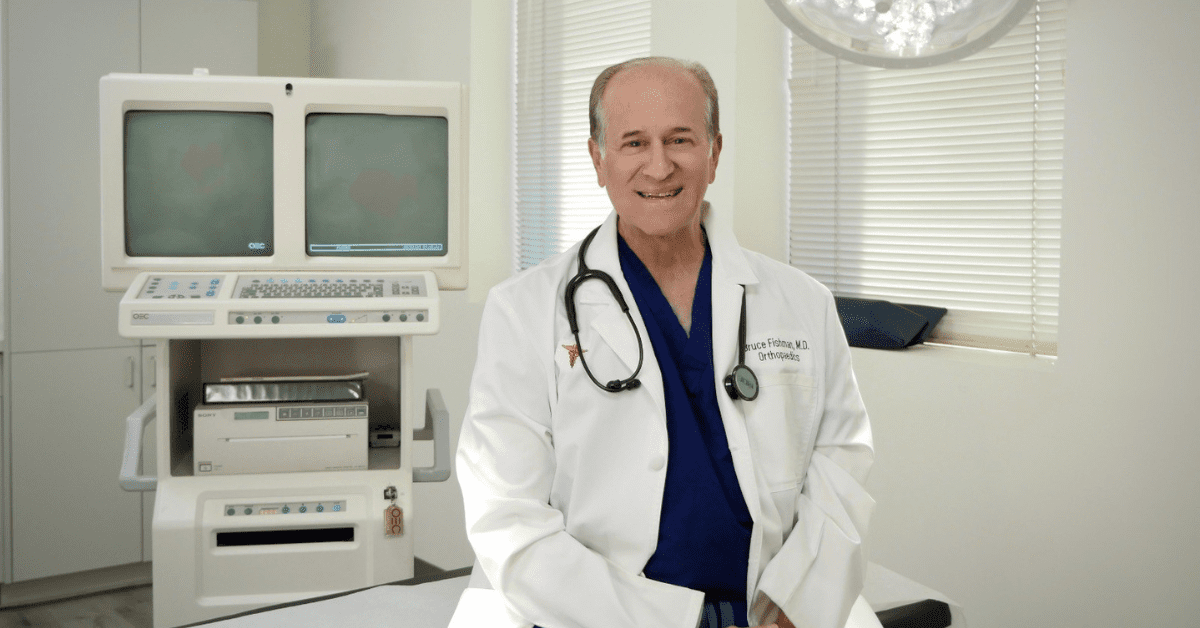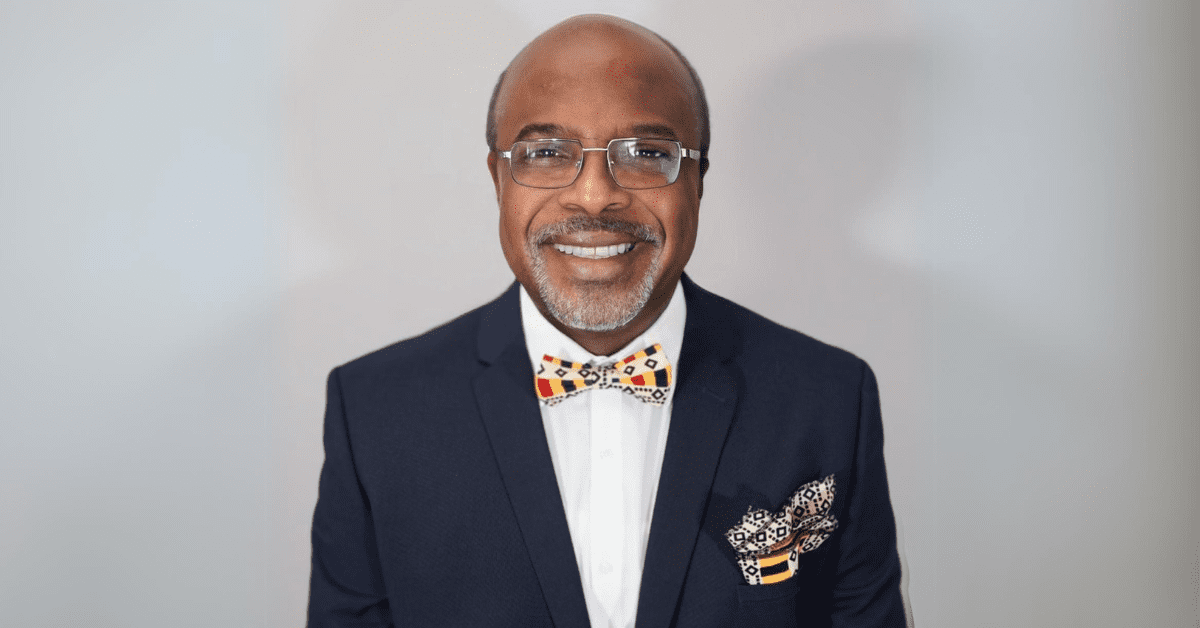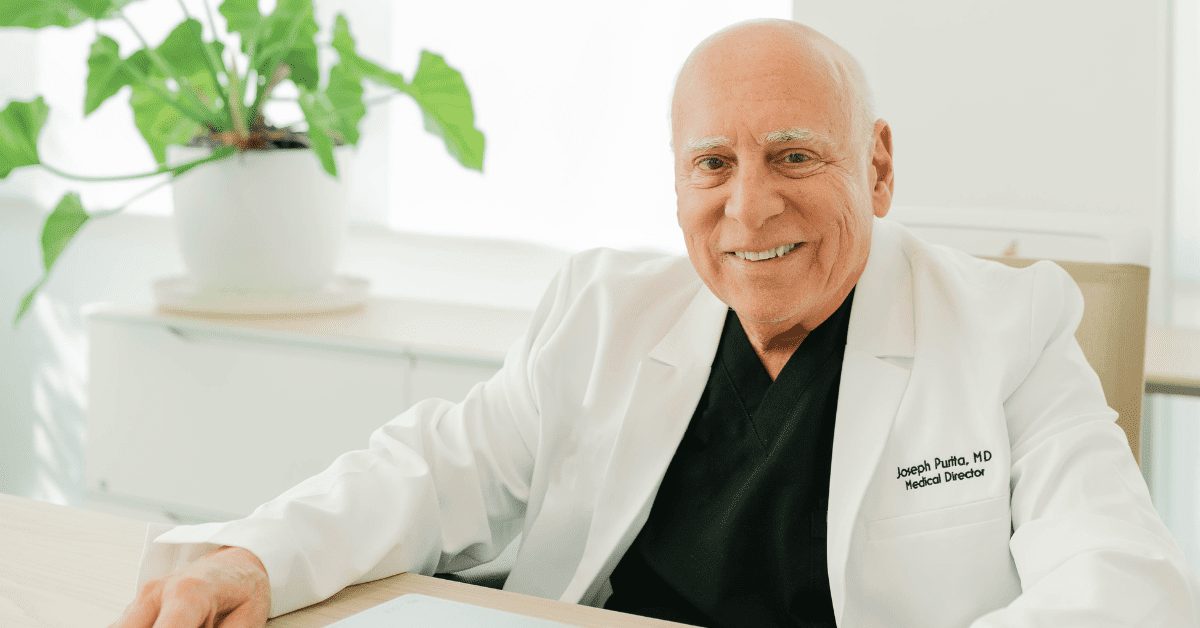FROM BLUE-COLLAR ROOTS TO CUTTING-EDGE ORTHOPEDICS
Dr. Fishman has provided orthopedic care and treatment to the Los Angeles community for over 30 years. He maintains offices in the Encino and Lancaster, California areas. His current practice includes interventional regenerative orthopedics utilizing cutting-edge biologics, laser, hyperbaric oxygen therapy, peptides and minimally invasive procedures.
Dr. Fishman began his life in a blue-collar family in Detroit, Michigan. His entire family was working in the automotive industry with scrap metal. In high school, he worked sorting metal, loading trucks, driving forklifts and using pallet jacks. He also worked at the Fisher Body Plant at their metal punch facility. He would see severe injuries, including amputations, crush injuries, fractures, back injuries and head injuries. “I saw a lot of disability from these work injuries. I hoped one day I could help these people,” he said.
ACADEMIC EXCELLENCE AND PROFESSIONAL DISTINCTION
Dr. Fishman went on to college and was in the pre-med program at Wayne State University. He graduated with a Bachelor of Science degree. He was accepted to medical school, completed his M.D. degree at Wayne State University School of Medicine with honors, and the board elected him into the AOA National Honor Medical Society. Dr. Fishman received his orthopedic training at the Henry Ford Hospital Medical Center in his hometown of Detroit. This is a nationally known medical center and University of Michigan affiliate. This facility provided him the opportunity to treat all individuals regardless of gender, ethnicity, background or socioeconomic standing. His training came full circle as many of the injured patients he saw were blue-collar automotive workers injured on the job where Dr. Fishman planted his very own roots.
Beyond just training, Dr. Fishman is a Diplomate of the American Board of Clinical & Orthopedic Surgery, a Fellow of the International College of Surgeons in Orthopedic Surgery and a Fellow of the American Academy of Neurologic and Orthopedic Surgeons. The goals of these organizations are to provide continuing education, spread awareness of medical, social, and political changes and provide a community for practicing orthopedic surgeons throughout the country. Dr. Fishman is constantly exposed to and educated on the newest and most successful procedures, which he can utilize for his own patients.
“These advances being front and center for the orthopedic surgical societies have expanded my horizon to a great extent and exposed me to a myriad of alternatives available without necessarily resorting to major surgeries as we used to do in the past,” he said.
Over the last 30 years of his practice in Los Angeles, Dr. Fishman has seen a constantly evolving medical field where surgical care has become more innovative and minimally invasive. He has utilized his orthopedic skills with a regenerative approach following these new technological advances.

REGENERATIVE MEDICINE IN ORTHOPEDIC SURGERY
As an affiliate of the Cell Surgical Network and with their institutional review board, Dr. Fishman has been part of a regenerative medicine expansion utilizing cellular treatment for injury and diseases. “There are many potential benefits to working with stem cells in the field of orthopedic surgery.”
Some cells come from the patients themselves, originating from bone marrow or adipose tissue. Umbilical cord tissue can also provide other cellular materials. Regenerative medicine is a constantly evolving field, and Dr. Fishman keeps up with advancements and continues to use them in his practice.
A new and exciting advancement in the treatment of chronic refractory low back pain has recently become available for those patients who have failed all treatment protocols, including surgery. It is the Discseel® procedure.
The Discseel® procedure is a minimally invasive procedure that uses fibrinogen and prothrombin to repair torn discs. The mixing of these two materials results in fibrin, which is a natural substance that helps to seal the tear and promote tissue growth. Studies affirm its fibrin properties as a sealant, adhesive, anti-inflammatory and chemotactic regenerative agent. This procedure is performed on an outpatient basis and takes about 45 minutes. The patient is given mild sedation during the procedure. The FDA has approved non-autologous fibrin for multiple applications in the human body. The Discseel® procedure has been shown to be effective in relieving pain and improving function in patients with torn discs. It has proven itself to be an effective alternative to surgery for the treatment of torn discs in people with chronic low back pain.
In addition to using biologics, Dr. Fishman also uses technologies such as hyperbaric oxygen therapy and laser treatment to promote rapid tissue healing. Hyperbaric oxygen therapy (HBOT) is a medical treatment that delivers pure oxygen to the body under higher-than-normal pressurized environments. It is a noninvasive treatment that enables increased oxygen levels to permeate all levels of the body. It has been shown to be successful in helping to treat many underlying medical conditions and is used in concert with some of the biologics noted above.
Low laser light therapy is a minimally invasive to noninvasive treatment used to assist in reduction of pain, inflammation and sustained regeneration of injured and diseased tissue. It is often used in combination with biologic treatment, including PRP, cellular therapy and interventional spine procedures. German technology Weber low laser light therapy, as used in Dr. Fishman’s office, is FDA-approved for both intra-articular and interstitial treatment, as well as noninvasive treatment.

FISHMAN’S LIFE AND ACHIEVEMENTS
With over 30 years of experience in the field of orthopedic practice and treatment, Dr. Fishman has many credentials. He received a distinction in medicine for 25 years of service to the community from the Wayne State University School of Medicine. The Consumer Research Council of America has recognized Dr. Fishman as a Top American Orthopedic Surgeon.
Dr. Fishman is a frequent lecturer on orthopedic permanent disability injuries, where he shares how he treats and evaluates injured workers for the Worker’s Compensation Division of the State of California. He provides Agreed Medical Evaluations for the State, which requires precise calculations for fair impairment and disability determinations.
“These are life-altering effects and decisions for permanently disabled patients. Some of them are private patients, some of them are military, our police officers, first responders and firefighters. Many of them have given a great deal of their life in order to protect our communities. I want to make sure these injured patients and heroes have a final report that is very precise,” Dr. Fishman said.

WHAT IS ON THE HORIZON FOR REGENERATIVE MEDICINE
The field of Regenerative Medicine is constantly evolving and moving forward. On the horizon, stem cell treatment has the ability to take a patient’s own stem cells and bank them in a specialized laboratory facility. Essentially, Dr. Fishman said this is a procedure where stromal vascular fraction and stem cells are harvested, processed and sent to an FDA-approved laboratory. These stem cells are cryopreserved, stored and made available for patients on an individual basis for future use.
“This allows for an almost unlimited amount of stem cells because these stem cells are expanded, and the patient has future access to their own stem cells indefinitely. What some people have chosen to do with their stem cells is they are banking them when they are younger, such as in their 30s. The cells are preserved and stay in that same state as if the patient is 30 years old. As the patient gets older, in their 50s or 60s, they can later access their cells. Should the patient sustain an injury or develop medical problems, they can now have their 30-year-old stem cells sent to their treating doctor for administration,” Dr. Fishman shared.
To learn about regenerative medicine and the impact it has on Bruce Fishman’s practice in orthopedic surgery, visit his website at drstemcell.com.






0 Comments